Archaeopetrography Reports on Controversial Artifacts
and Other Scientific Reports by Scott Wolter
Welcome to the repository of archaeopetrography reports on controversial artifacts and other scientific reports conducted by Scott Wolter. These reports provide in-depth analysis and findings on a variety of controversial artifacts. Explore the reports below to uncover the detailed scientific work that sheds light on these enigmatic objects.
Reports
- The Du Luth Stone Investigation
- Response to Mather Report
- Kensington Rune Stone Root Leaching Core Sample Testing
- Report of Digital Microscopic Examination
- The Ritual Code on the Kensington Rune Stone
- Hooked X/ Tau Cross on the “Jesus, Son of Joseph” Ossuary
- Kensington Rune Stone Newspaper Article
- Kensington Rune Stone Peer Reviews
- King Arthur Stone Investigation
- Bat Creek Stone Investigation
- Possible Roman Era Gold Lamella Found in Maine
- In Camera Stone Report Hunter Mountain
- The Newport Tower Project by Jan Barstad
- Newport Tower Project Extension
- Report of Concrete Testing
The Du Luth Stone
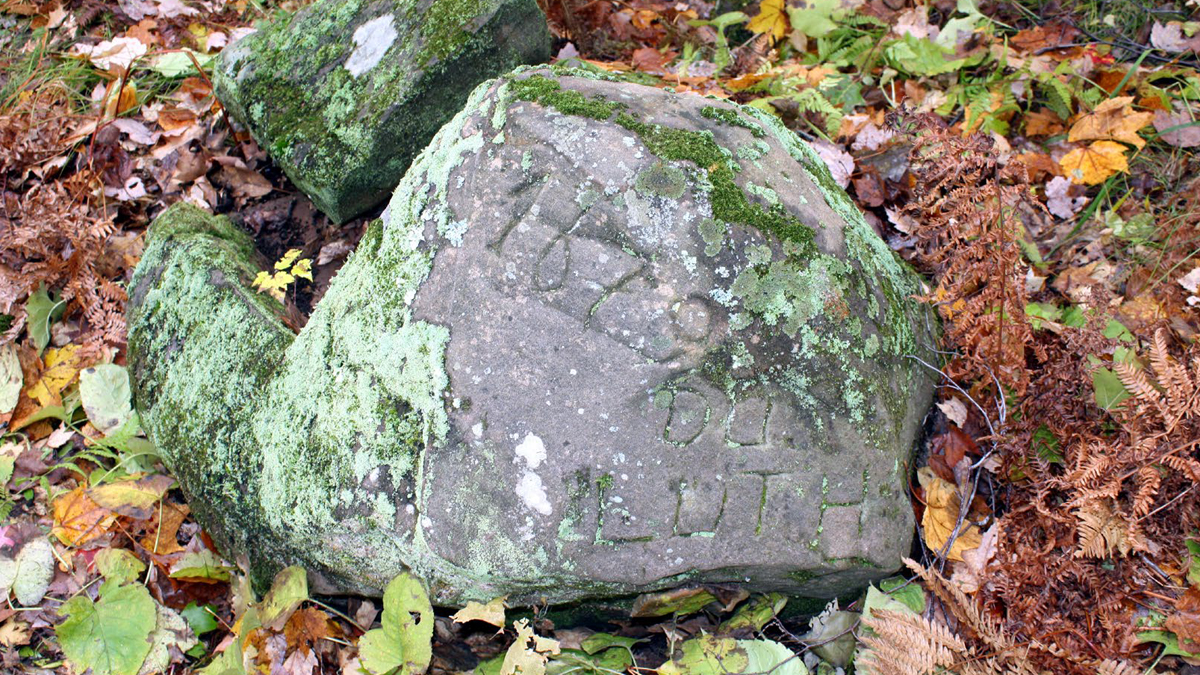
The Du Luth Stone Investigation
December 21, 2009
This report presents the results of field and laboratory work performed on an inscription carved on a glacial erratic boulder comprised of Hinckley Sandstone. The artifact was discovered near Askov, Minnesota.
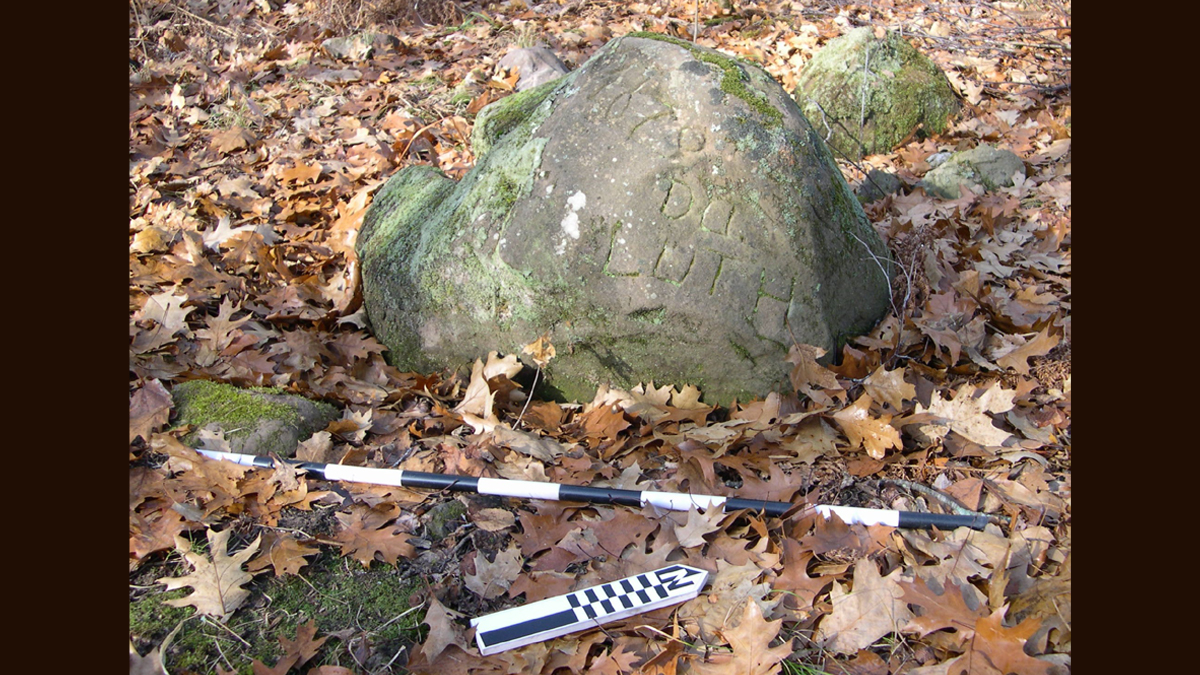
Minnesota Archaeologist Says Du Luth Stone is “More Likely Authentic Than Not.”
2024
Well, well, well, it’s only taken 25 years since I got involved in the world of out of place artifacts, but it’s finally happened. A mainstream archaeologist has written a 2024 paper where he concluded, although somewhat tepidly, an inscribed stone I have scientifically examined was authentic.
The Kensington Rune Stone Reports
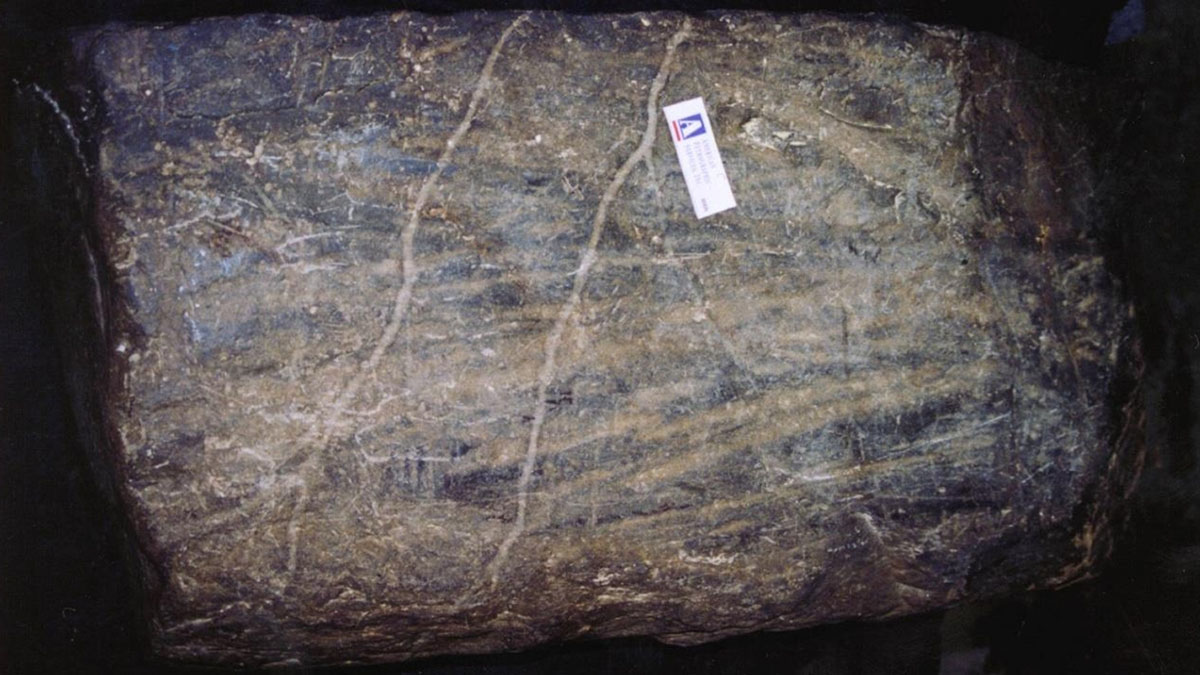
Kensington Rune Stone Root Leaching Core Sample Testing
August 2, 2018
This report examines the Kensington Rune Stone, discovered in 1898 by Swedish immigrant Olof Ohman. The stone, inscribed with Scandinavian runes, has been a subject of controversy, with some dismissing it as a hoax. However, extensive geological, runological, and historical research supports its authenticity as a Fourteenth Century artifact. The current study focuses on core samples from the stone’s back side to investigate root leaching, which is believed to have caused white, undulating lineations on the stone. These lineations are thought to result from roots leaching minerals like iron and magnesium from the rock, supported by acid and fungal action. This analysis helps address and counter claims of the stone being a modern fabrication.
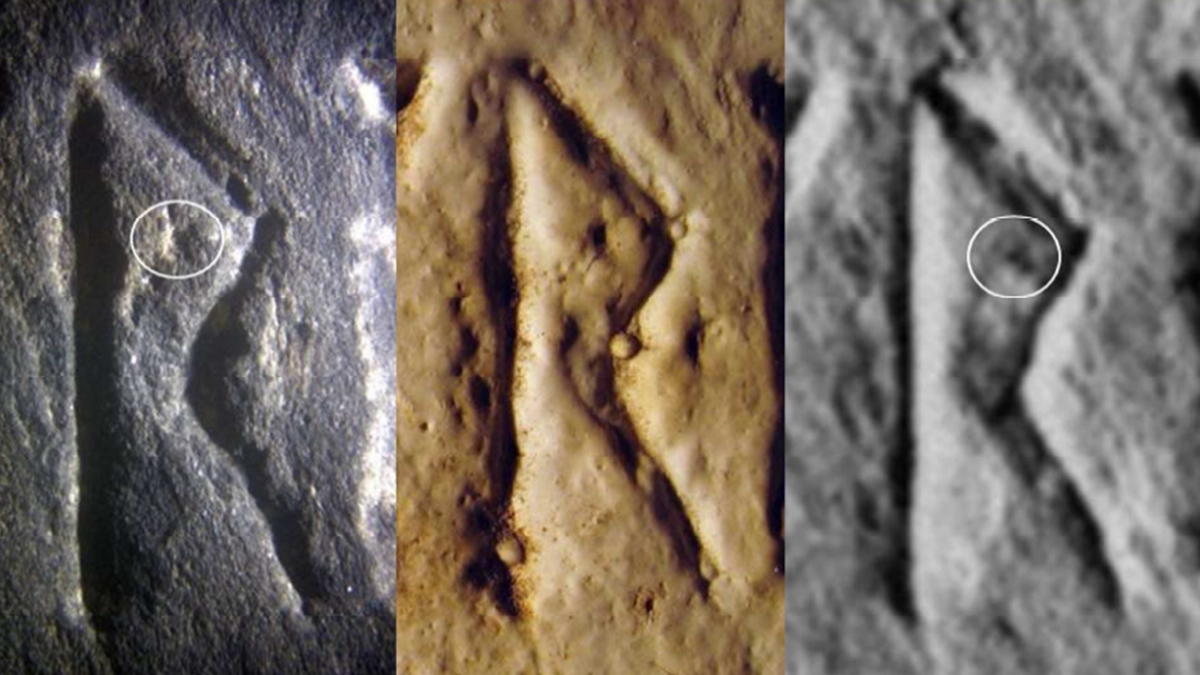
Report of Digital Microscopic Examination
March 2, 2011
This report presents the results of a microscopic examination performed on the Kensington Rune Stone using the latest digital microscope technology that allows for topographical profiling of three-dimensional surfaces. This technology was developed by Keyence Corporation who also provided two technicians, Michael Vincent, and Julia Des Chenes, to operate the equipment during the examination.
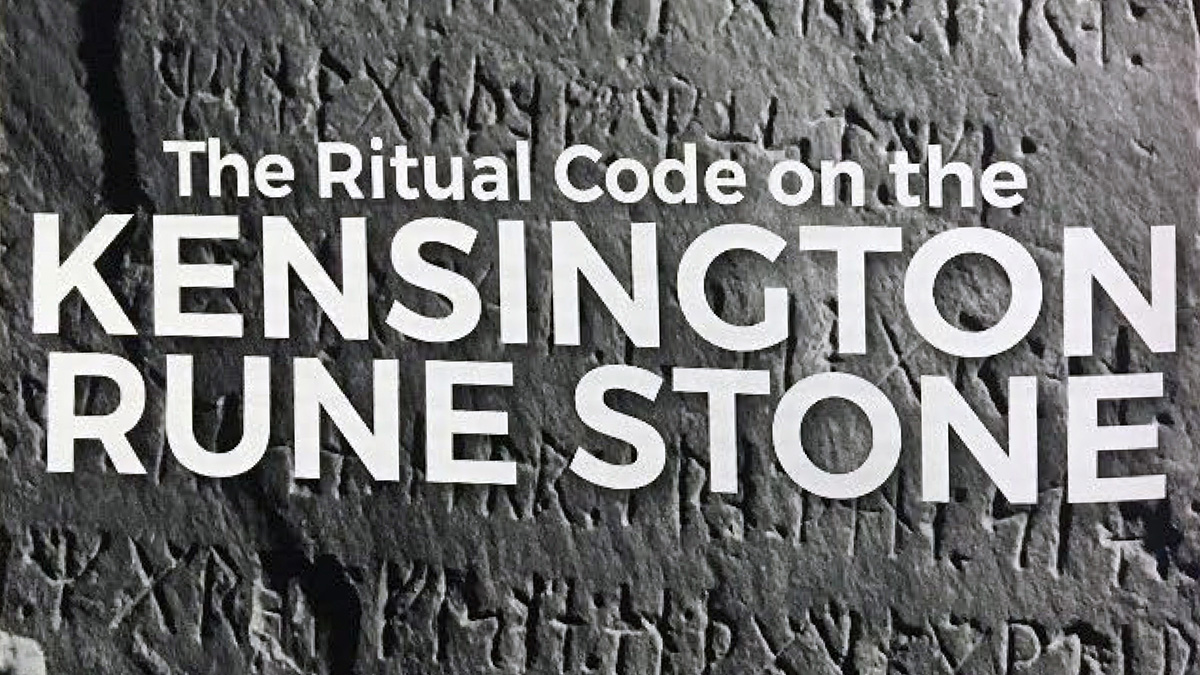
The Ritual Code on the Kensington Rune Stone
Rocky Mountain Mason Issue 10
This paper presents the detailed description of a recent discovery by the author he calls the, “Ritual Code on the Kensington Rune Stone.” The existence of another new code embedded within the inscription was first realized by the author during the lecture portion of the Select Master Degree, the second of three degrees within the “Cryptic Degrees” of York Rite Freemasonry.
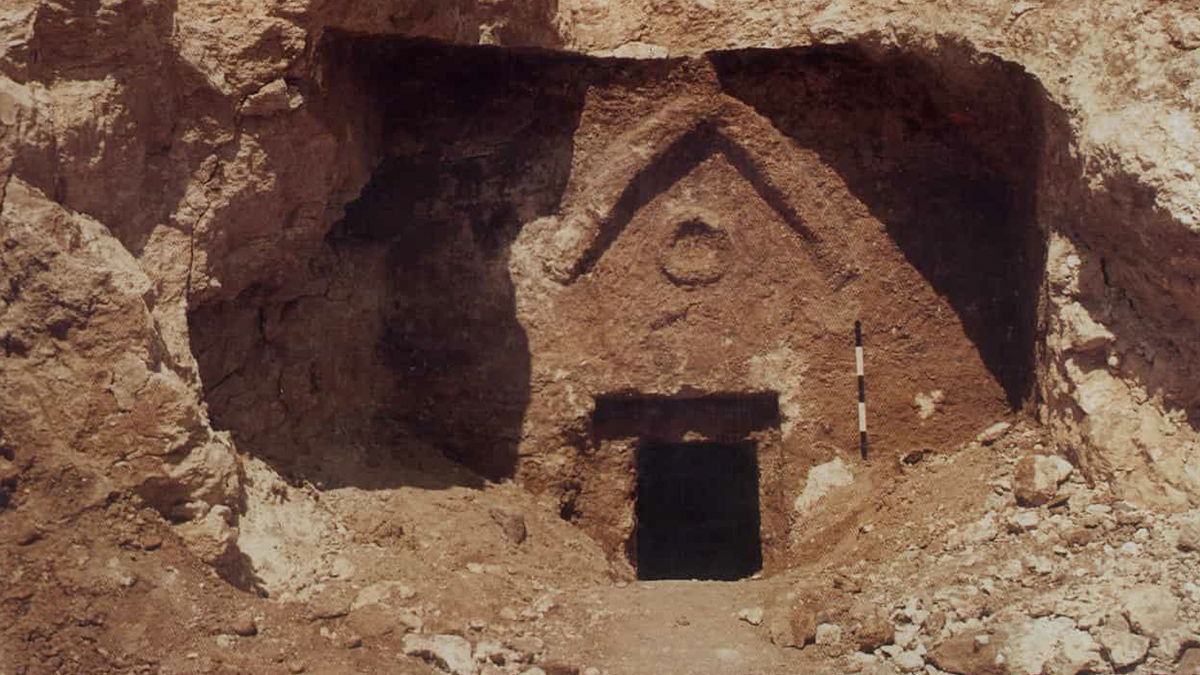
Hooked X/ Tau Cross on the “Jesus, Son of Joseph” Ossuary
Rocky Mountain Mason Issue 11
The lid on the “Yeshua bar Yehosef” (aka Jesus, son of Joseph) ossuary from the First Century C.E. “Talpiot Tomb” in Jerusalem, has a prominent mark that has received little attention. This paper will build a case for it being a combination of two symbols, one resembling a Tau Cross and the other a so-called “Hooked X”.
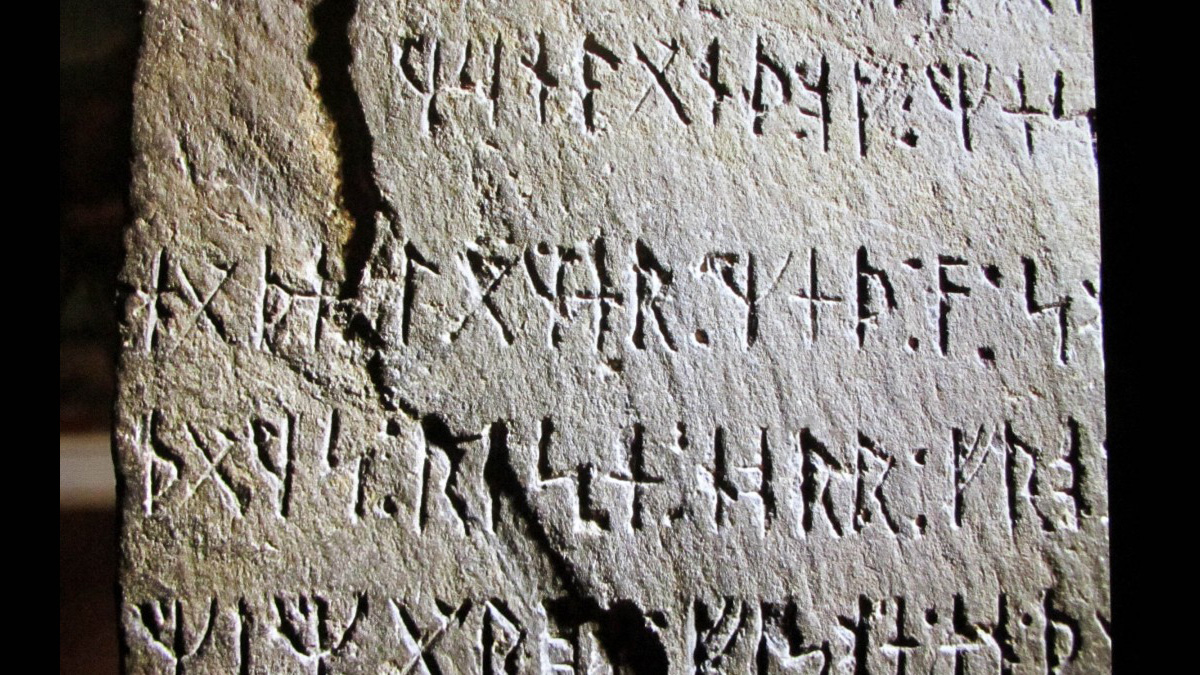
Kensington Rune Stone Newspaper Article
Chris Owens’ newspaper article about Scott’s background and the Kensington rune stone
Kensington Rune Stone Peer Reviews
- Ojakangas, Green, Matsch Reveiw of Geology 4-29-2002
- Ojakangas Review of Geology 7-14-2003
- Green Review of Geology 10-3-2003
- G.B. Morey Review of Geology 10-9-2003
- Nielsen Review of Timeline 4-9-2003
- Nielsen Review of Geology 8-26-2003
- Stehly Review 10-10-2003
- Swor Review of Geology July 2003
- Lofvendahl Review of Geology Fall, 2003
Other Reports
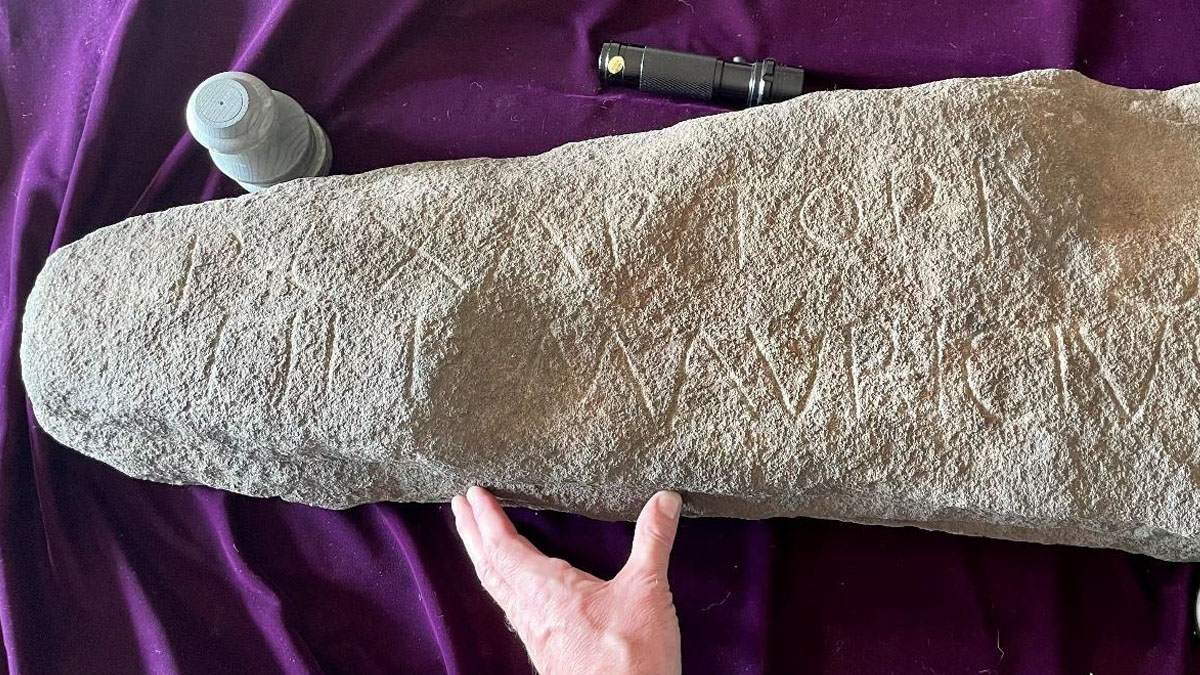
King Arthur Stone Investigation
May 21, 2022
This report presents the results of laboratory work performed by Scott Wolter on a large elongate shaped slab of rock with a two-lined inscription carved into it. The slab was reviewed by Wolter on March 6, 2022, and a small chip sample was obtained from the underside of the stone for testing. The scope of our work was limited to performing thin section analysis of the chip sample, and together with visual observations made in March, to try and determine the age of the weathering of the inscription.
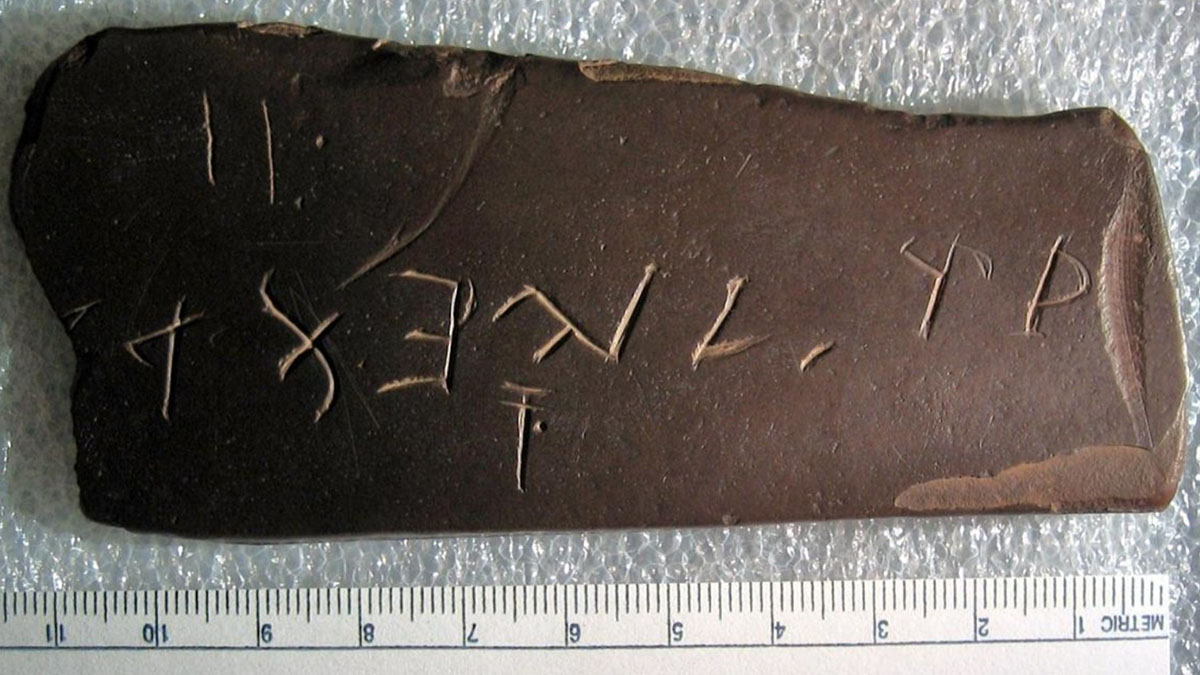
Report of Archaeopetrography Investigation: Bat Creek Stone Investigation
July 14, 2010
This report details the microscopic examination of the Bat Creek Stone, conducted by American Petrographic Services Inc. at the McClung Museum, University of Tennessee. The investigation included petrographic observations using reflected light microscopy and scanning electron microscopy (SEM) analysis. The team also reviewed historical documents from the Smithsonian Institute, specifically field reports by John W. Emmert, who discovered the artifact in 1889. The examination was conducted with the support of museum staff and Cherokee representatives, and further analysis was completed at the University of Tennessee’s Science and Engineering Research Facility.
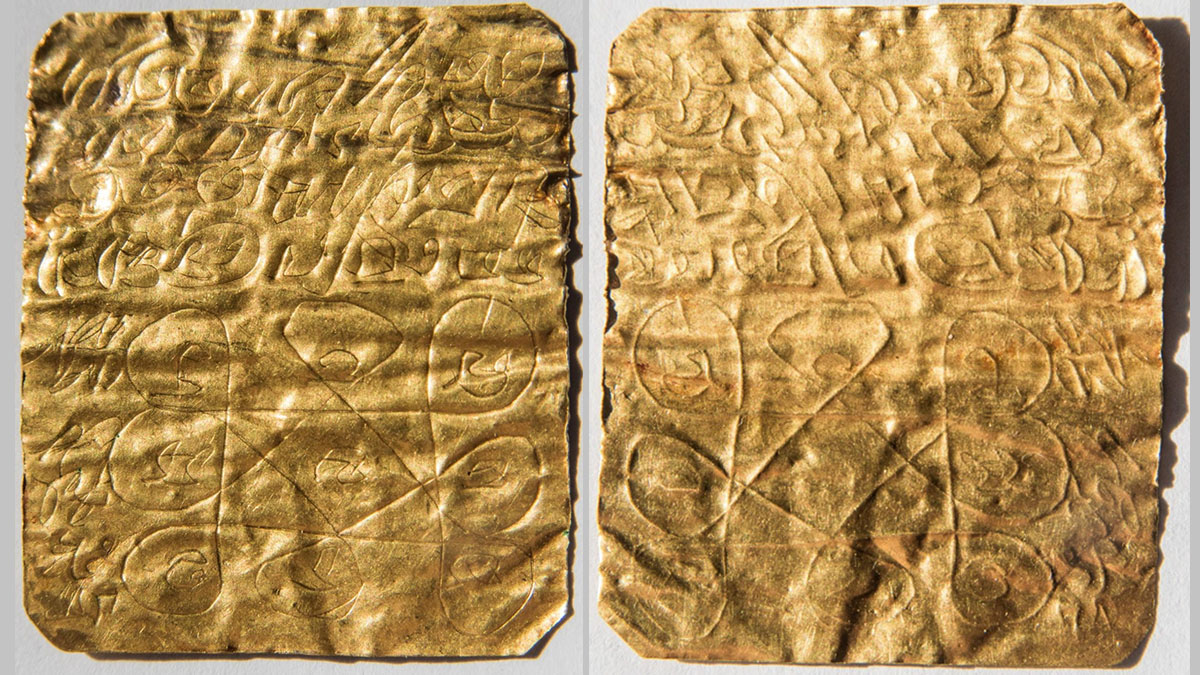
Possible Roman Era Gold Lamella Found in Maine
June 17, 2017
In the summer of 2006, Douglas Jones Sr., an avid metal detector enthusiast, was scanning the beach closest to the ocean at extreme low tide in Kennebunkport, Maine, when he heard a loud “pinging” through his headphones. Upon digging on the spot of the hit he found a small hard nodule encased with a buildup of material around the unknown object locked inside.
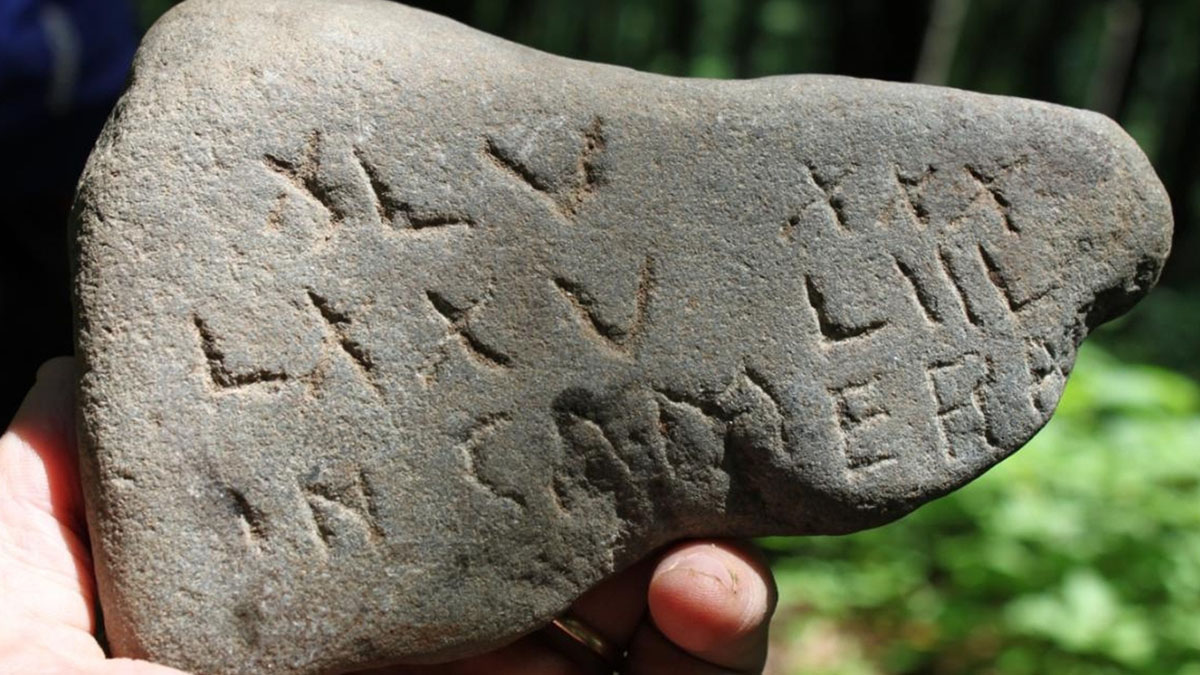
In Camera Stone Report Hunter Mountain
March 22, 2011
This report presents the results of laboratory work performed by our firm on four rock samples.
The cobble was submitted to us by Ms. Zena Halpern on November 1, 2010. The “chip” samples
for the Delta, Bird and “B” stones were collected by Scott F. Wolter on August 30, 2010. The
scope of our work was limited to performing petrographic analysis testing on the rock samples to
provide a geological description and provide comments relative to the possible origin and age of
the artifact.
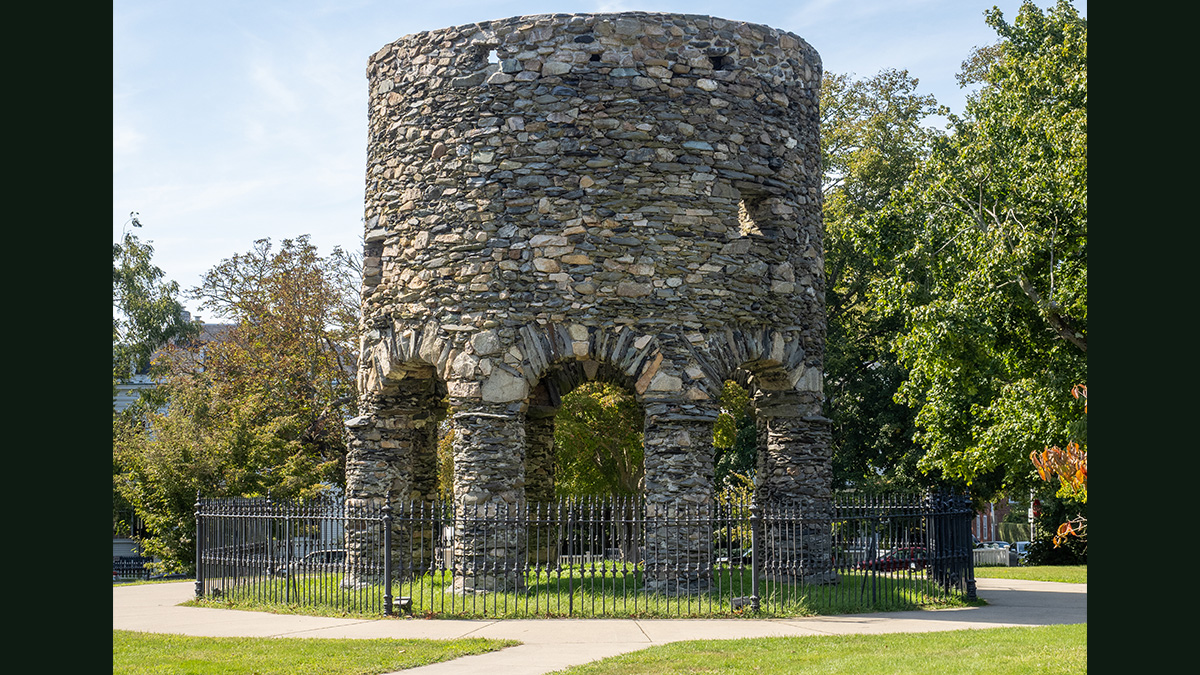
The Newport Tower Project by Jan Barstad
September 21, 2007
This comprehensive report delves into the intricate analysis of a significant artifact, exploring its historical context, material composition, and potential implications for our understanding of ancient civilizations. The Tower Project represents a rigorous scientific investigation, employing advanced techniques to uncover the artifact’s origins and its role within a broader archaeological framework. The findings provide new insights into ancient engineering and cultural practices, contributing to ongoing debates in the field of archaeology.
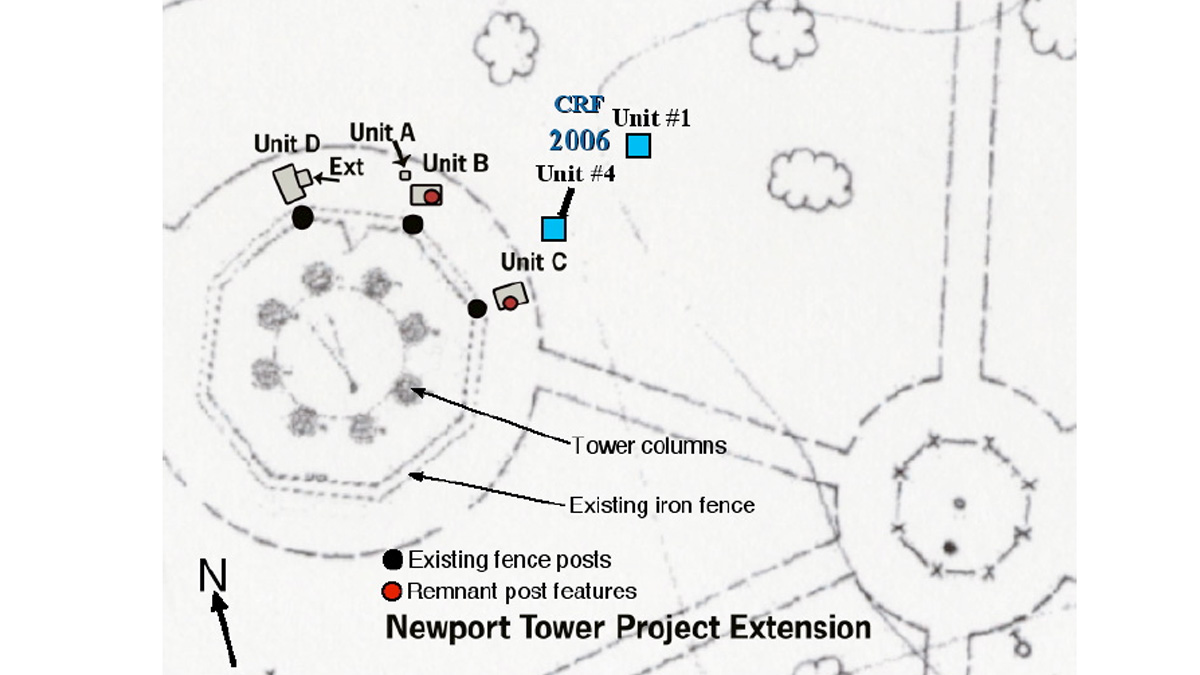
Newport Tower Project Extension
May 30 – June 4, 2008
Stanley A. “Steve” Voluckas, Field Director of the Newport Tower Project Extension, presents a comprehensive study of the Newport Tower—a Romanesque-style round structure situated in Touro Park, Newport, Rhode Island. This enigmatic structure has sparked considerable study and debate for over two centuries.
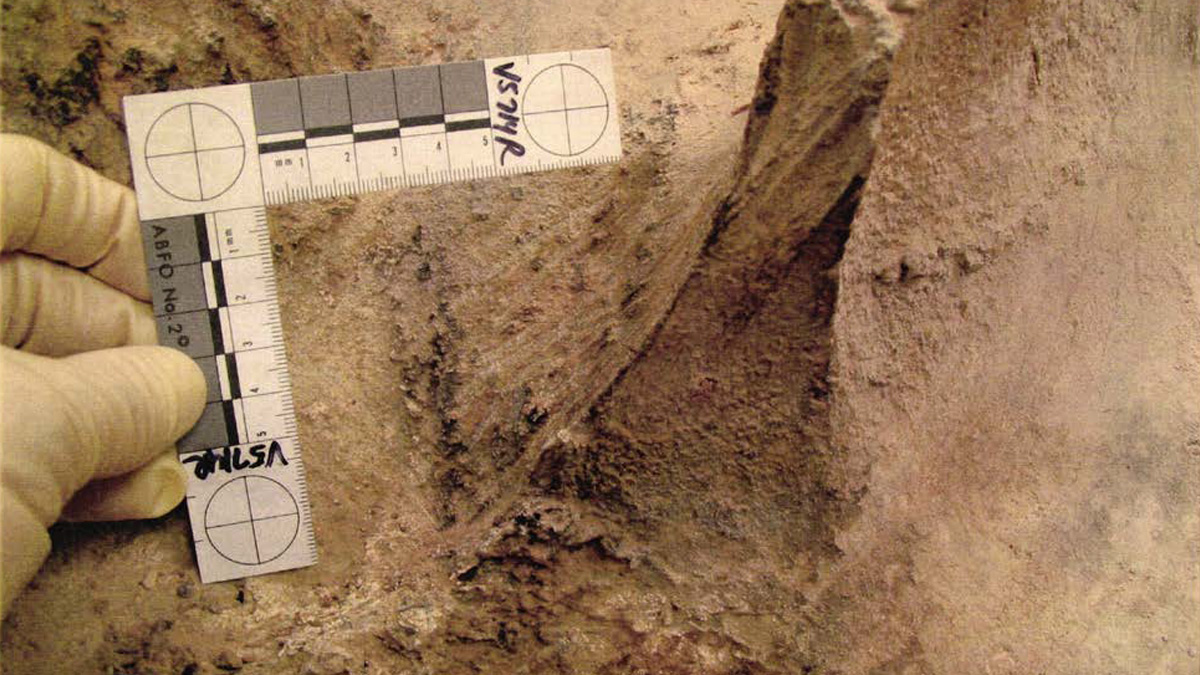
Report of Concrete Testing
May 5, 2004
This report is written to present the results of our field and laboratory work we performed on a
concrete mass found in a shallow trench in the desert outside of the City of Las Vegas that
contains the remains of a female homicide victim whose identity is unknown.